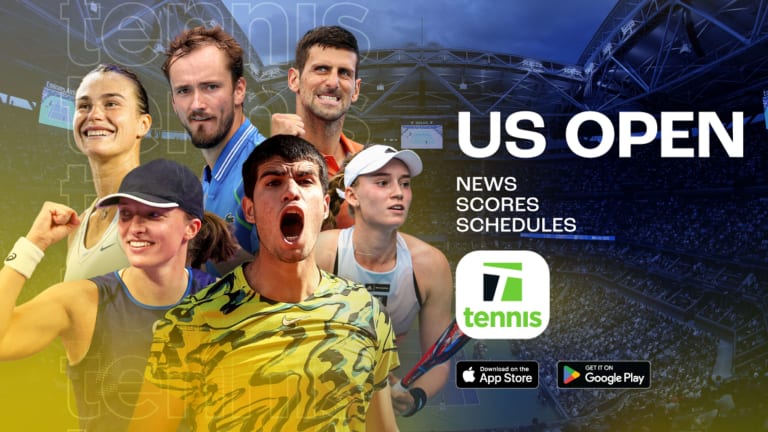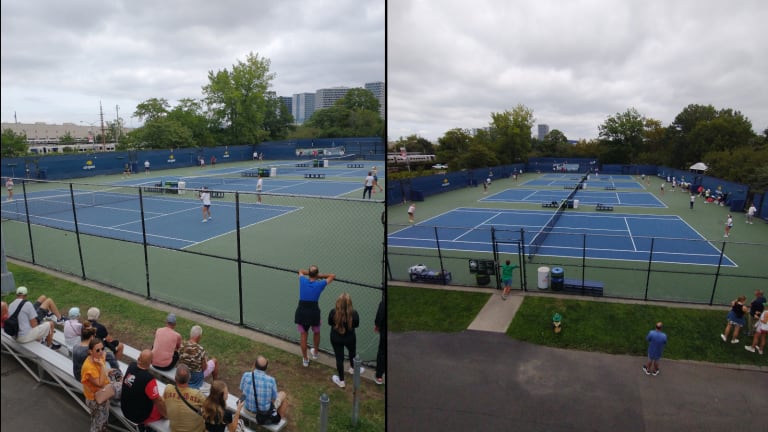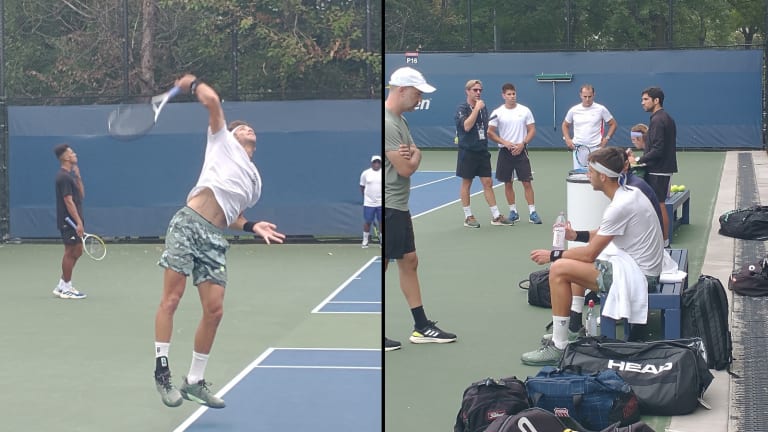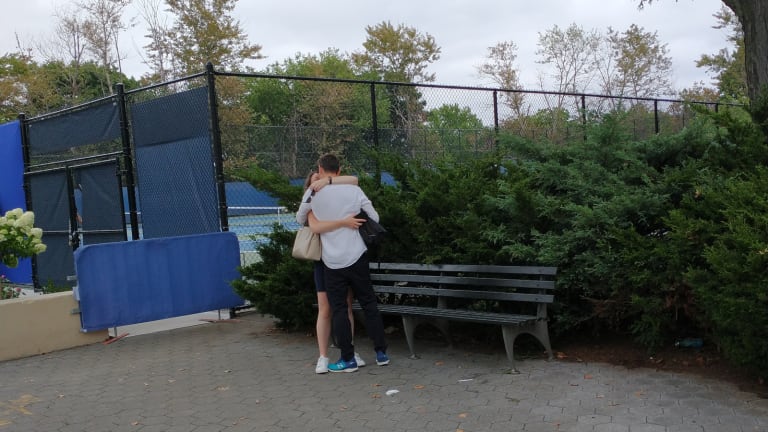NEW YORK—At the US Open, “outside courts” is a literal descriptor. Practice courts P6 to P17 are actually well beyond the perimeter wire of the USTA Billie Jean King National Tennis Center, in Flushing Meadows-Corona Park, hard by an MTA train yard and the IRT Flushing Line’s No. 7 train station. Anyone spending time in the park, regardless of tennis IQ, can just roll up to those courts and watch players, including some bonafide stars, working out.
“It’s a public park, so there needs to be access for the public to enjoy it,” Ben Shapiro, director of pro operations at the NTC, told me. “So it’s part of our US Open world.”
The situation has given rise to a fair amount of mythology, not all of it pretty. The outside “P” courts are so far from the locker rooms that the tournament provides shuttle service to them. Players grouse about being exiled to the hinterland, where their lusty grunts are sometimes punctuated by rumble and the harsh squeal of the No. 7 trains’ brakes.
But the courts are also the incubators of greatness—and war stories.
“Those are the best courts,” Ons Jabeur, last year’s runner-up in the women’s singles, said at Wimbledon. Recalling her days as an unknown outlier, the much-loved Tunisian added, “You appreciate those courts [because] you start from the bottom, then [eventually] you just walk a couple of meters and go practice on the other courts [inside the main venue].”




